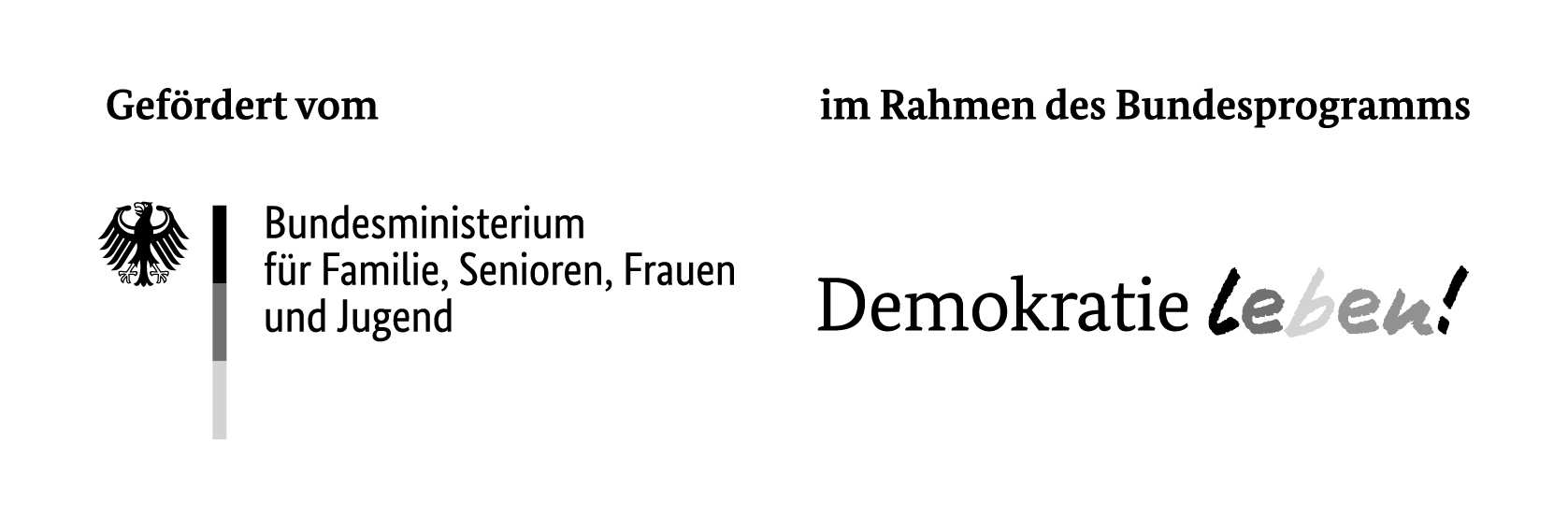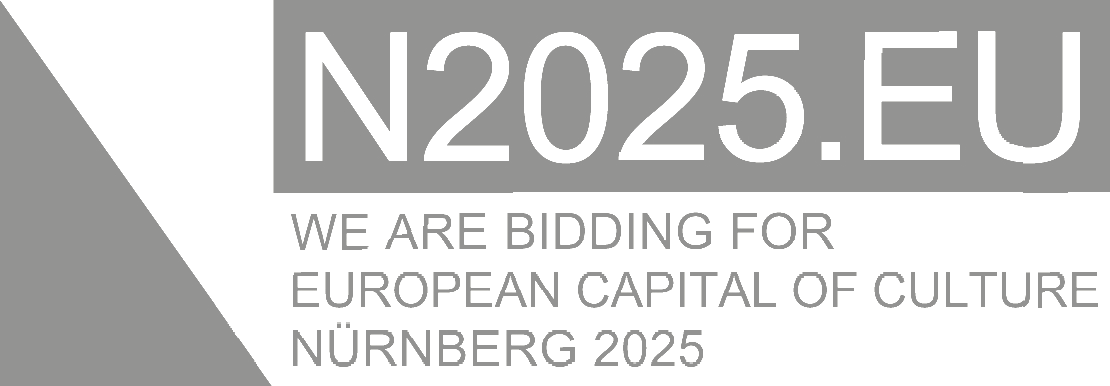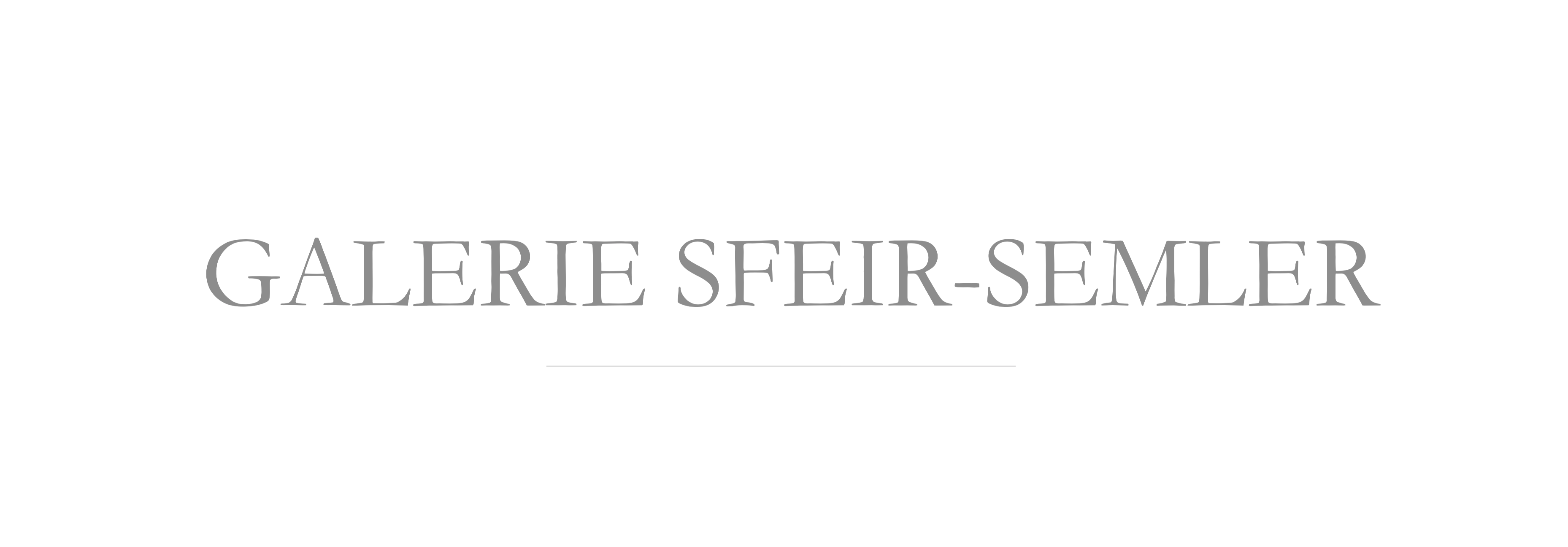Der Vortrag findet Online und in englischer Sprache statt. / The lecture will be held online, and in English.
Zoom-Link:
https://us02web.zoom.us/j/84484459995?pwd=T3VodWtONnVsNGpGdTh3Mnd6MHVwQT09
At the time of the International Military Tribunal at Nuremberg (1945–1946), Robert H. Jackson, Chief US Prosecutor, made the controversial decision to base the trials on the administrative archive of the Nazi regime rather than upon the testimony of survivors, thus eschewing living witnesses in favour of documentary evidence. This decision stands [in my mind] as perhaps the most noteworthy example of the presumed legal agency of the technical witness. Jackson’s retrospective comments, made in 1954, emphasize both the sober impartiality he attributes to such material artefacts—the paper trails that would corroborate the systematic planning and implementation that went into exterminating six million European Jews—but also the implicit belief that the sheer scale and transparent ambitions of the Third Reich evidenced in these records would convert mute witnesses into fully realized agents of legal speech. In other words, the material record would speak for itself.
While Nuremberg would make enormous contributions to jurisprudence, argues literary theorist Shoshana Felman, in “setting up a binding legal precedent of crimes against humanity,” it would be the Eichmann Trial in Jerusalem (1961) that returned the living witness to the stands, inaugurating what Thomas Keenan and Eyal Weizman have called the “era of the witness,” in deference to Felman and Dori Laub’s claim that the twentieth century was the “era of testimony.” Felman maintains that the two trials—Nuremberg and Jerusalem—staged the fundamental differences between non-human and human forms of evidence. But, as Hannah Arendt has forcefully argued in her critique of the Eichmann Trial, its focus on the testimony of survivors also shifted legal attention toward the victim and away from the perpetrator. In this lecture I return to this crucial distinction in exploring an extraordinary videotape shot by Liri Loshi in the aftermath of the massacre at Izbica, Kosovo, in March 1999 that was presented as evidence of crimes against humanity during one of the trials of Slobodan Milošević in The Hague.
Susan Schuppli is an artist-researcher based in the UK whose work examines material evidence from war and conflict to environmental disasters and climate change. Current work is focused on the politics of cold and is organised by the provocation of “Learning from Ice”. Creative projects have been exhibited throughout Europe, Asia, Canada, and the US. She is a recipient of the recently awarded COP26 Creative Commission sponsored by the British Council. Schuppli has published widely within the context of media and politics and is author of the new book, “Material Witness: Media, Forensics, Evidence” published by MIT Press in 2020. She is Director of the Centre for Research Architecture, Goldsmiths University of London and is an affiliate artist-researcher and Board Chair of Forensic Architecture.





